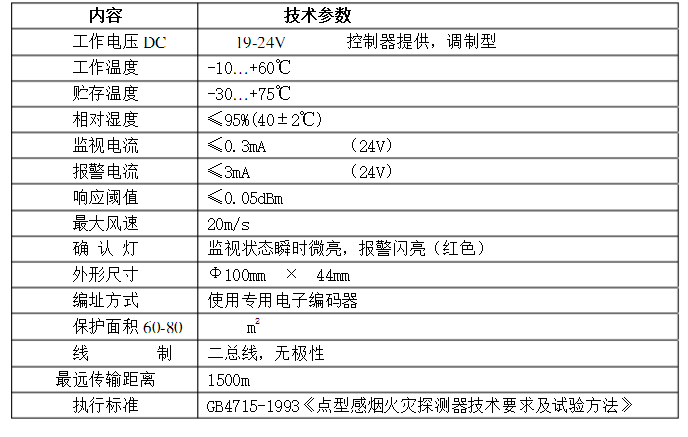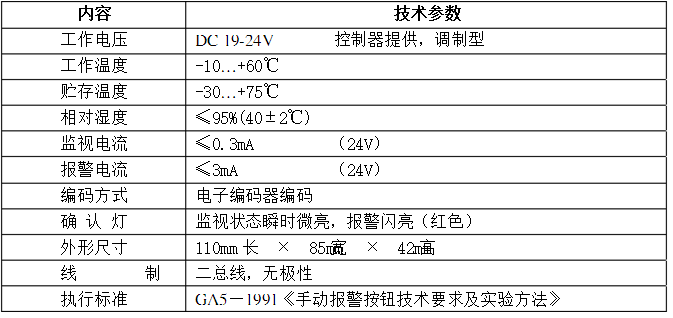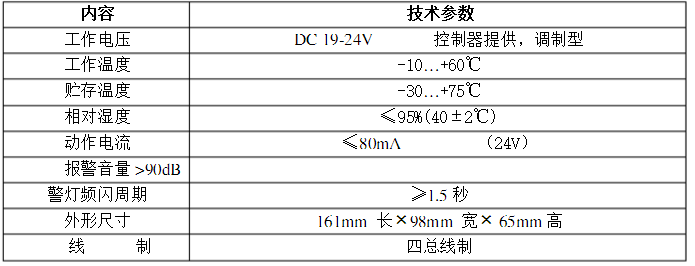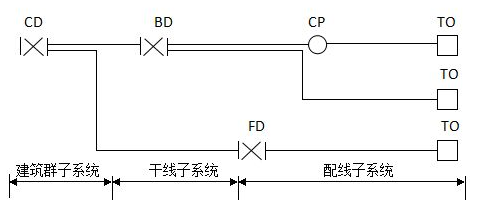江西某学校图书馆大楼智能化设计毕业论文
2020-06-16 07:07:27
摘 要
图书馆的智能化随着时间的发展在各个系统的成熟下慢慢的发展起来。追溯到上个世纪的7年代,图书馆学界领域就提出了“电子图书馆”、“虚拟图书馆”等等的概念;而上个世纪的80年代末,“数字图书馆”的概念开始萌发。图书馆的智能化便为大众对数据资料的查找提供了极大的便捷。我们从图书馆智能化的演变中便可以发现,图书馆的智能化是文献信息经过加工、组织、储存、传播方式以及信息服务领域的多方面变革。
由于学科的不断进步,文献资料在图书馆中的搜索在现在的社会已经变得越来越的困难。这就使得图书馆智能化尤为必要。在图书馆专门建立一种数字式的查找系统以及控制系统让人们对图书馆的使用大为便捷。
建筑智能化是数字图书馆的基础部分,必须在完善的智能化平台上才可以完成数字化的图书馆。智能化的图书馆设计需要考虑到数字化图书馆的高度,在结构上表现出先进性,设计一次性完成,实施分步骤进行。智能化系统需要为图书馆的
集成管理系统服务,以保证图书馆的集成管理系统高速有效的运行,为广大师生服务。
关键词:图书馆 智能化 文献
Intelligent Design of Library Building in Jiangxi Province
Abstract
The intelligence of the library has evolved over time with the development of the system.The concept of "electronic library" and "virtual library" was put forward in the field of library and academia in the last century. In the last century, the concept of "digital library" began to germinate The The intelligence of the library has thus become the organization that provides a large, multimedia multimedia information and knowledge base. From the evolution of the intelligentization of the library, we can find that the intelligentization of the library is the transformation of the literature information through processing, organization, storage, transmission and information service.
Due to the continuous progress of the discipline, the search of literature in the library has become more and more difficult in the present society. This makes the library intelligent is particularly necessary. In the library dedicated to the establishment of a digital search system and control system so that people use the library is very convenient.
Intelligent building is the basic part of the digital library, we must complete the intelligent platform to complete the digital library. Intelligent library design needs to take into account the height of the digital library, the structure of the advanced performance, design a one-time completion, the implementation of sub-steps. Intelligent system needs for the library's integrated management system services to ensure that the library's integrated management system for high-speed and efficient operation for the majority of teachers and students.
Keyword:Library;Intelligentization;Literature
目录
摘要......................................................I
Abstract.................................................II
引言......................................................1
- 工程及设计概述.....................................3
1.1设计题目和工程概况.....................................3
1.1.1设计题目...........................................3
1.1.2工程概况...........................................3
1.2设计原则和设计要求.....................................3
1.2.1设计原则...........................................3
1.2.2设计要求...........................................4
1.3设计依据...............................................4
1.4设计任务及范围.........................................5
- 火灾自动报警系统...................................6
2.1系统概述...............................................6
2.2系统构成...............................................6
2.2.1系统类型...........................................6
2.2.2湿式系统联动控制...................................6
2.2.3气体灭火系统联动控制...............................7
2.2.4防烟排烟系统联动控制...............................8
2.2.5防火门和防火卷帘门联动控制.........................8
2.2.6电梯联动控制.......................................9
2.2.7消防应急广播.......................................9
2.2.8消防应急照明.......................................9
2.3器件布置...............................................9
2.3.1控制器的放置......................................10
2.3.2火灾触发器件......................................11
2.3.3手动报警按钮......................................12
2.3.4声光报警器........................................12
2.3.5扬声器............................................12
2.3.6消防电话..........................................13
2.3.7消火栓控制按钮....................................13
2.3.8防火阀............................................13
2.3.9水流指示器........................................13
- 综合布线系统......................................15
3.1系统概述..............................................15
3.2总体设计规划..........................................15
3.3工作间设计............................................16
3.4水平子系统............................................17
3.5干线子系统............................................18
- 视频安防系统......................................19
4.1系统概述..............................................19
4.2视频监控系统设计......................................19
4.2.1前端设备..........................................19
4.2.2传输设备..........................................21
4.2.3控制设备..........................................22
- 出入口控制系统....................................22
5.1系统概述..............................................22
5.2设备选择..............................................22
5.2.1编码识读设备......................................22
5.2.2执行单位设备......................................23
5.3系统结构设计..........................................25
- 建筑设备监控系统..................................26
6.1空气处理机系统的监控..................................26
6.1.1新风机组监控......................................26
6.1.2空调机组监控......................................27
6.2给排水系统的监控......................................28
6.3供配电系统的监控......................................30
- 能耗监控系统......................................31
参考文献.................................................33
致谢.....................................................34
引言
智能化的意义
智能化的发展在20世纪80年代才是刚刚发展的阶段,在这段时间里,我们的生活方式、生活理念、生产水平都在发生着巨大的变化,信息革命的传播也使得人们周围世界的不断变化中发生着变化和发展,世界正在经历着一场巨大的变革。智能建筑的概念,就是在此时应运而生的。
而当生活的节奏越发的加快,资料越发的庞大,各种信息化的查询系统应运而生。图书馆便是人们得知信息,查询资料的有效手段。然而,近年来,各大图书馆在智能化服务上还是存在着许多问题的。从管理者角度看,人流量大且混杂,管理难度大大提升。由于管理范围太大,难以将各种书籍数据在网上整理分类;从图书馆的反馈中可以看到,图书馆无在满足人们所需要的各种体验,如无线网的全面覆盖、自助查询方式等方面做得不够好。
因此,这就需要专业人士对于整栋建筑作出合理的评估与设计,通过前期的考察、咨询来制定出一个具有指导意义的规范和准则。
相关图片展示:











